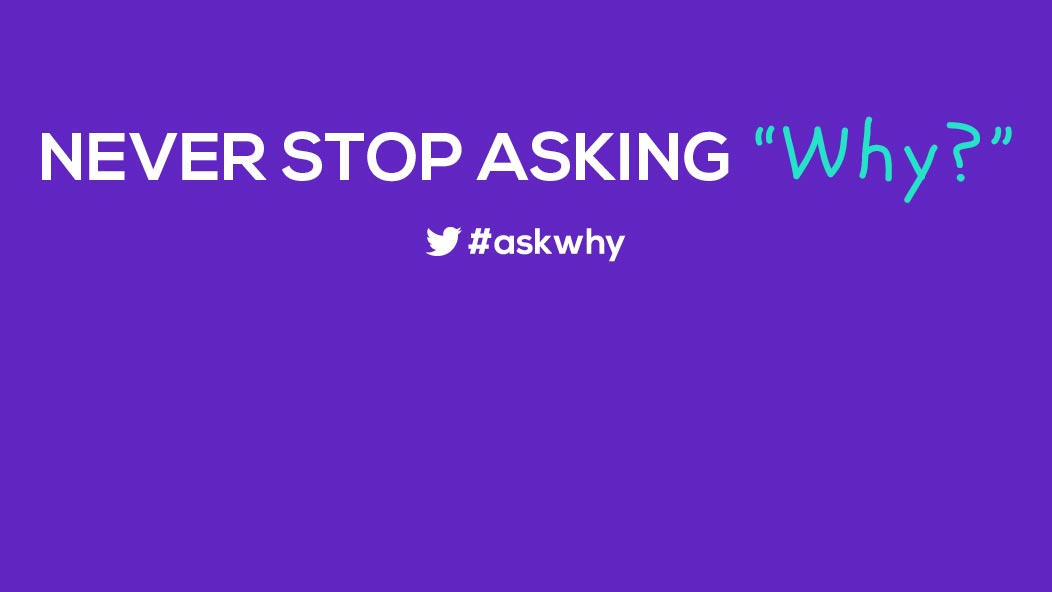Why Does a Circus Have Three Rings?
Why Does a Circus Have Three Rings?

If you have ever been to a circus, or have seen one on TV or in the movies, there’s a good chance it had three rings. Did you ever wonder how the three rings came about and what purpose they served? We’ll find out from our friends at Federation Mondiale du Cirque!
Let’s go back to 1872
Before 1872, American circuses operated with just one ring. That changed when three entrepreneurs, Dan Castello, William Cameron Coup, and Phineas Taylor "P. T." Barnum (yes, the same Barnum associated with the world-famous Ringling Bros. and Barnum & Bailey Circus) launched “P.T. Barnum’s Great Traveling Exposition and World’s Fair” in 1872.
This new show had six tents that covered five acres and consisted of a museum, a menagerie, and a hippodrome arena. This show is significant in the history of the American circus because it brought about three major innovations that drastically changed the way American circuses operated:
1. A second ring was added that doubled the number of displays and significantly increased seating capacity.
2. The show was put on rails, allowing the circus to play towns in the Midwest, creating the model for the “railroad circus” that would define the circus industry through the next century and beyond.
3. Advertising opportunities were used to draw patrons from neighboring towns to the show.
The third ring
So now we know when and why the second ring came to be a part of the circus. But what about the third?
In 1873, James A. Bailey opened the Cooper and Bailey Circus. By 1878, this show became the main competitor to the Barnum and Coup show. In 1881, the two successful circus shows merged to form P.T. Barnum’s Greatest Show on Earth, Howe’s Great London Circus and Sanger’s Royal British Menagerie. The following year is when a third ring was added, giving birth to the three-ring circus!









